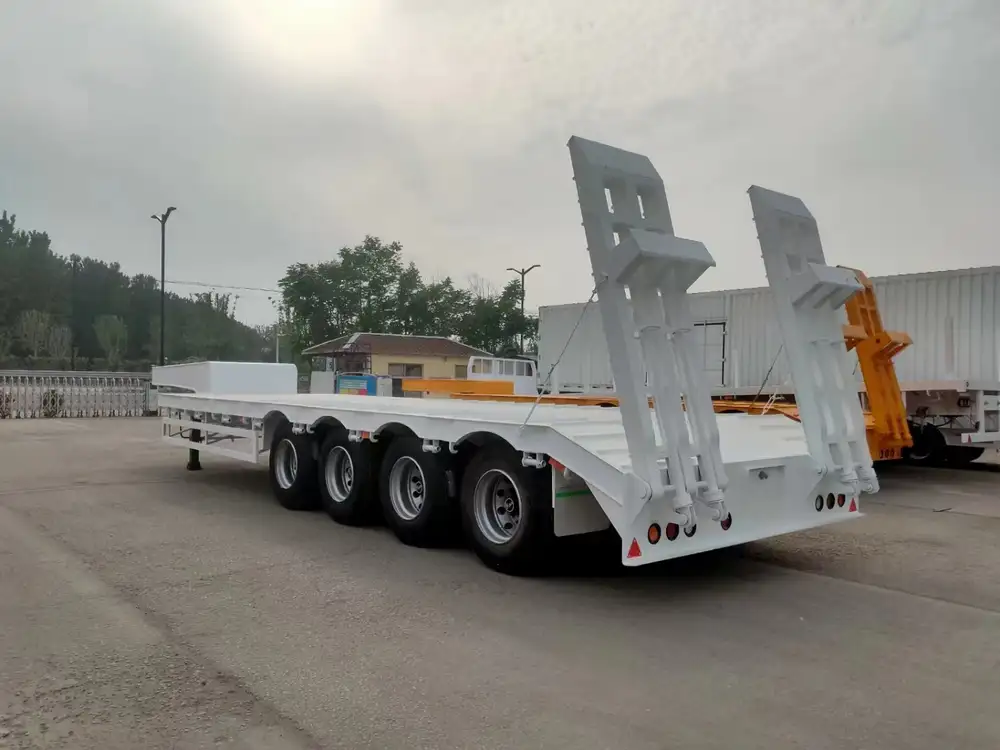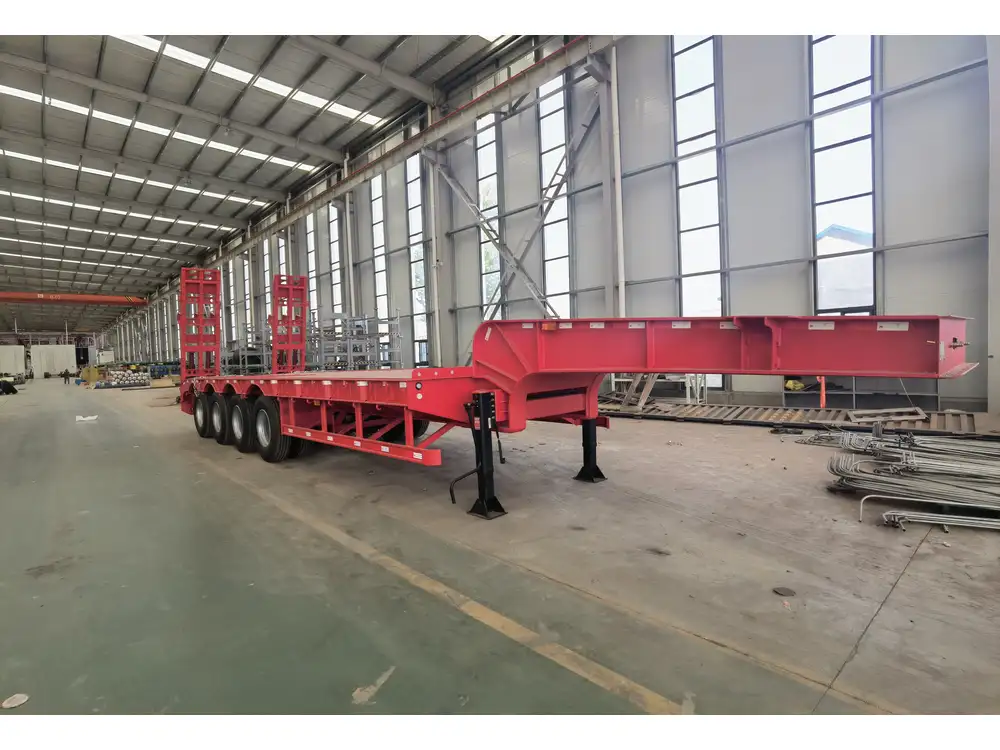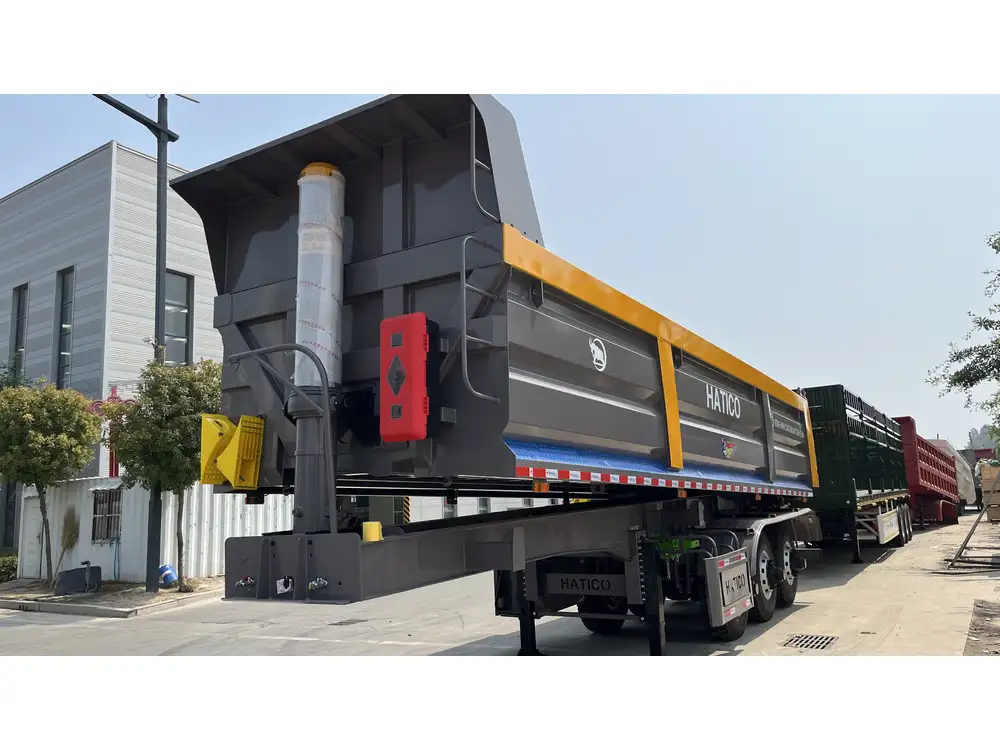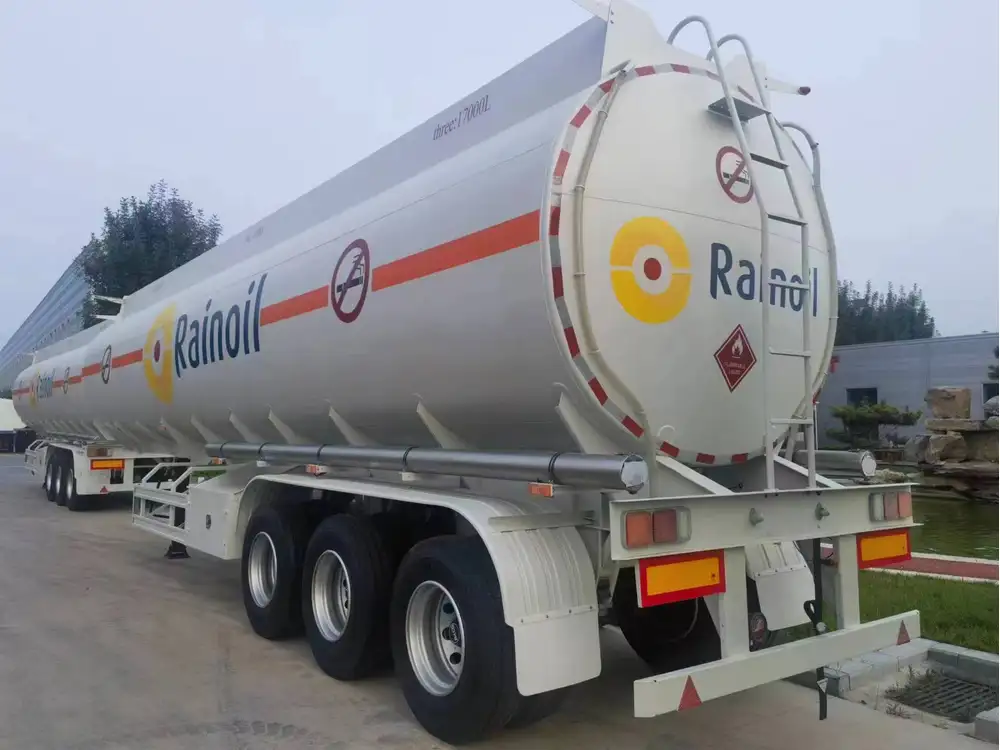Moving a semi-trailer without a truck may seem like a daunting task reserved for commercial operators, but it’s more practical than it appears. In this detailed guide, we will explore various methods, tools, and techniques to successfully relocate a semi-trailer without the need for a traditional hauling truck.
Understanding Semi-Trailer Types and Their Design
Before tackling the logistics of moving a semi-trailer independently, it is crucial to understand the variance in trailer types and their respective features. Here, we categorize them into major types:
| Trailer Type | Description | Weight Capacity | Common Uses |
|---|---|---|---|
| Flatbed Trailers | Open trailers with no sides or roof. | Varies, typically up to 48,000 lbs | Construction, heavy equipment transport |
| Reefer Trailers | Insulated trailers with refrigeration capabilities. | Up to 44,000 lbs | Perishables, pharmaceuticals |
| Enclosed Trailers | Fully enclosed trailers for secure transport. | Up to 26,000 lbs | Vehicles, machinery, sensitive goods |
| Car Haulers | Designed specifically for transporting vehicles. | ||
| Tank Trailers | Used for liquid transport; specialized design with a cylindrical shape. | Varies, dependent on materials | Chemicals, fuels, food products |
Understanding the trailer type will help determine the best method for moving it effectively.
Preparation: Assessing Your Situation

Identify Trailer Weight and Dimensions
Establish whether the semi-trailer is empty or loaded. This information directly impacts the methods you can employ.
- Empty Trailers: Generally lighter and more manageable.
- Loaded Trailers: Requires more robust equipment and careful handling.
Secure Necessary Tools and Equipment
Moving a semi-trailer without a truck necessitates specific tools. Below is a list of essential equipment you may need:
- Dollies and Hand Trucks: Ideal for smaller trailers.
- Pallet Jacks: Often useful for offloading lighter, wheeled items.
- Tow Straps and Chains: For securing the trailer during movement.
- Rollers: To facilitate sliding and maneuvering the trailer.
- Jack and Leveling Equipment: To adjust height and ensure stabilization during movement.
Tools and Equipment Comparison Table
| Tool/Equipment | Use Case | Ideal for | Considerations |
|---|---|---|---|
| Hand Dollies | Moving lighter trailers across short distances. | Flatbed, small enclosed trailers | Limited range, requires physical strength |
| Pallet Jack | For maneuvering trailers off surfaces. | Reefer trailers, lightweight enclosed trailers | Limited to smooth surfaces |
| Tow Straps | For securing during movement. | All types of trailers | Ensure proper load capacity |
| Jack and Leveling Equipment | For adjusting height and stability. | Any trailer | Safety is paramount |

Methods for Moving a Semi-Trailer
1. The Use of a Mover’s Dolly
A mover’s dolly can be a practical option for moving an empty semi-trailer or one that contains lightweight cargo.
Steps to Utilize a Mover’s Dolly:
- Ensure Safety: Check that the trailer is on level ground and block the wheels.
- Position the Dolly: Slide the mover’s dolly under each axle of the trailer.
- Lift and Secure: Use the jack to lift the trailer slightly, allowing the dolly wheels to roll freely.
- Maneuver as Needed: Use manpower or a suitable vehicle to guide the trailer.

2. Using Hand Trucks
For smaller, lightweight semi-trailers, hand trucks can assist in repositioning without the need for a truck.
Procedure:
- Prepare the Trailer: Ensure the trailer is empty.
- Lift with Hand Trucks: Place hand trucks under the trailer’s axle, lifting slightly to allow movement.
- Transport: Walk forward, pushing the trailer gently on the trucks until it reaches the desired destination.
3. Employing a Winch System
For heavier trailers or those loaded with cargo, a more sophisticated approach, such as a winch system, may be required.

Implementation Steps:
- Select a Winch: Choose a winch that can handle the total weight of the trailer.
- Secure the Winch: Attach it to a sturdy, immovable object (e.g., a tree or concrete fixture).
- Position the Trailer: Ensure it is straight and can move without obstruction.
- Crank the Winch: Gradually pull the trailer, monitoring for balance and alignment.
4. Using Rollers
Rollers can facilitate the movement of semi-trailers on surfaces, particularly useful for heavier units.
Rollers Setup Guide:
- Acquire Rollers: Obtain enough rollers to place under the trailer.
- Lift the Trailer: Use a hydraulic jack to raise the trailer.
- Place Rollers: Insert rollers under the trailer wheels.
- Movement: Push or pull the trailer on the rollers as required.

Safety Considerations During Trailer Movement
Moving a semi-trailer without a truck involves certain risks, necessitating stringent safety measures:
- Check for Obstructions: Ensure the movement path is clear of obstacles.
- Wear Protective Equipment: Equip yourself with helmets, gloves, and steel-toed boots.
- Secure the Area: Ensure bystanders are at a safe distance.
- Inspect Tools Regularly: Evaluate the integrity and functionality of dollies, winches, and other tools before use.
Common Challenges and Solutions
Challenge: Weight Distribution
Solution: Check the load distribution before attempting to move the trailer. Imbalance can lead to tipping or difficulty in maneuvering. Adjust the load if possible to maintain a center of gravity.

Challenge: Terrain Issues
Solution: Moving trailers on uneven terrain can lead to complications. Use leveling tools to flatten the surface as much as possible. In particularly difficult conditions, consider employing a commercial moving company with specialized equipment.
Challenge: Limited Space
Solution: If working in confined spaces, utilize smaller, more versatile moving tools like hand trucks and dollies. Plan the movement path meticulously to avoid entrapments.
Challenge: Weather Conditions
Solution: Monitor weather conditions leading up to the relocation day. Wet or icy conditions may necessitate postponing the move for safety.

Conclusion: Achieving Success Without a Truck
While moving a semi-trailer without a truck poses challenges, it is entirely feasible with the right approach, tools, and planning. Whether you opt for dollies, hand trucks, winches, or rollers, remember that safety is paramount.
As a final takeaway, consider documenting the process and noting the configurations that worked best for your specific circumstances. This information can be invaluable for future moves, assisting you in executing them with increased efficiency and effectiveness.



